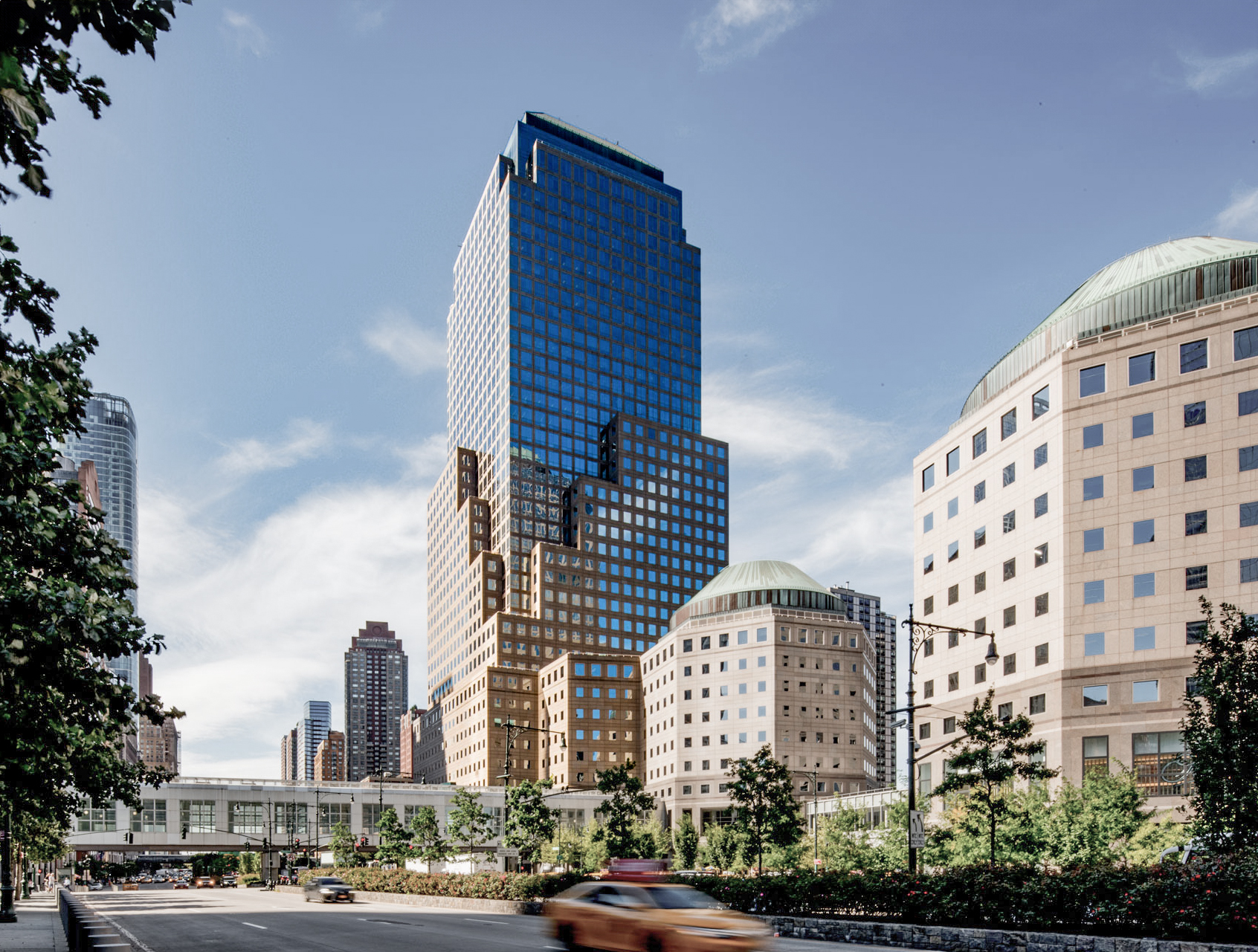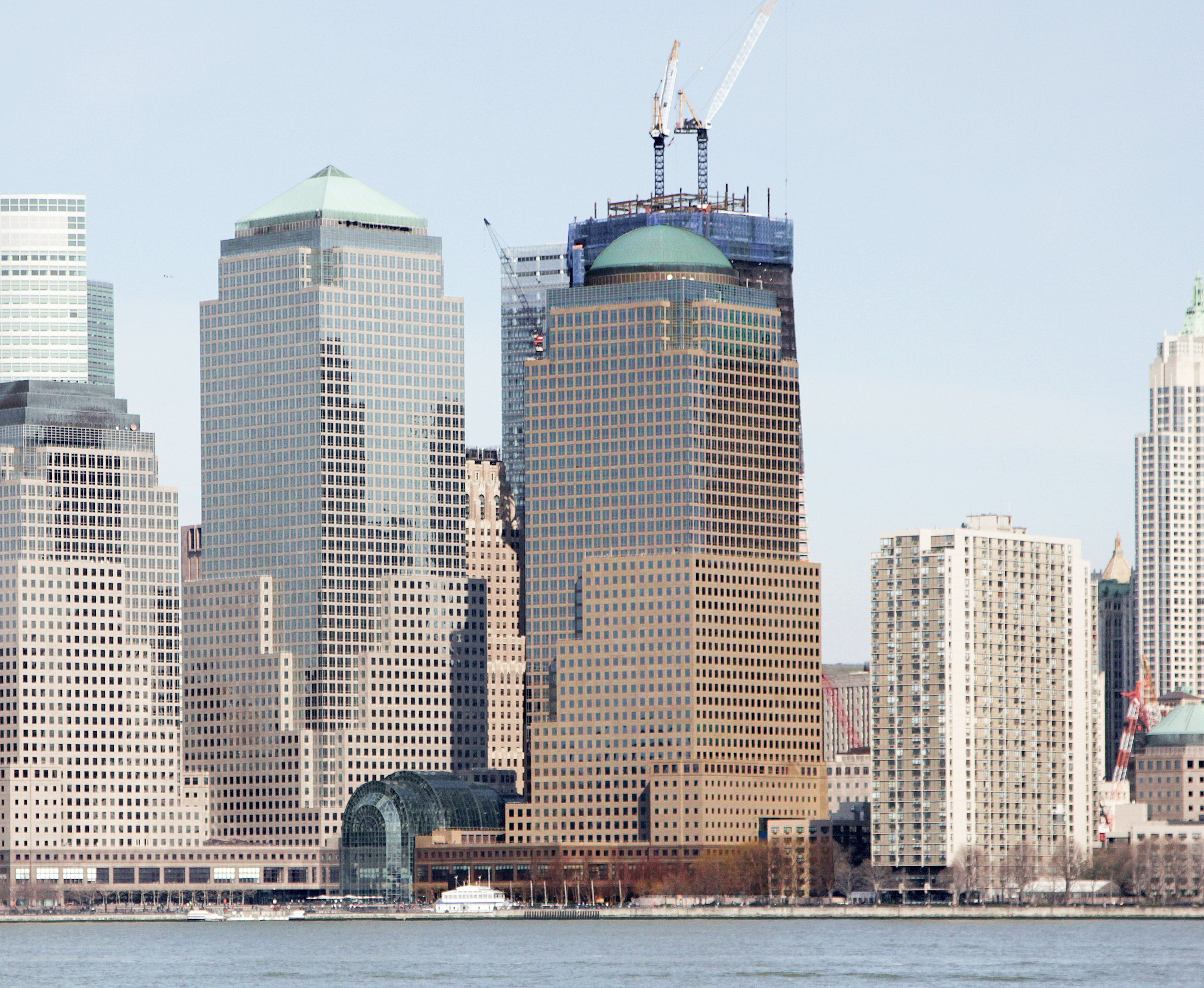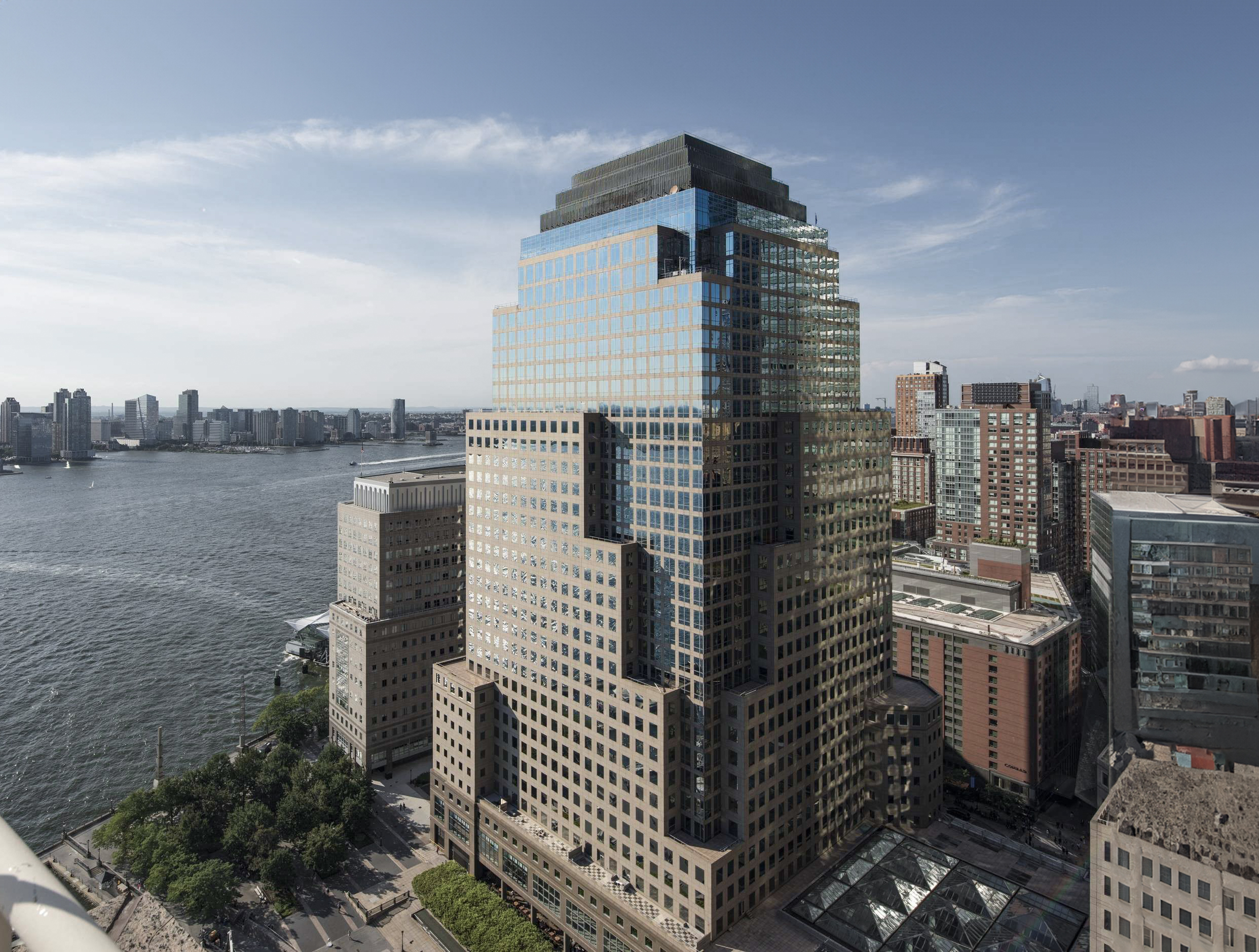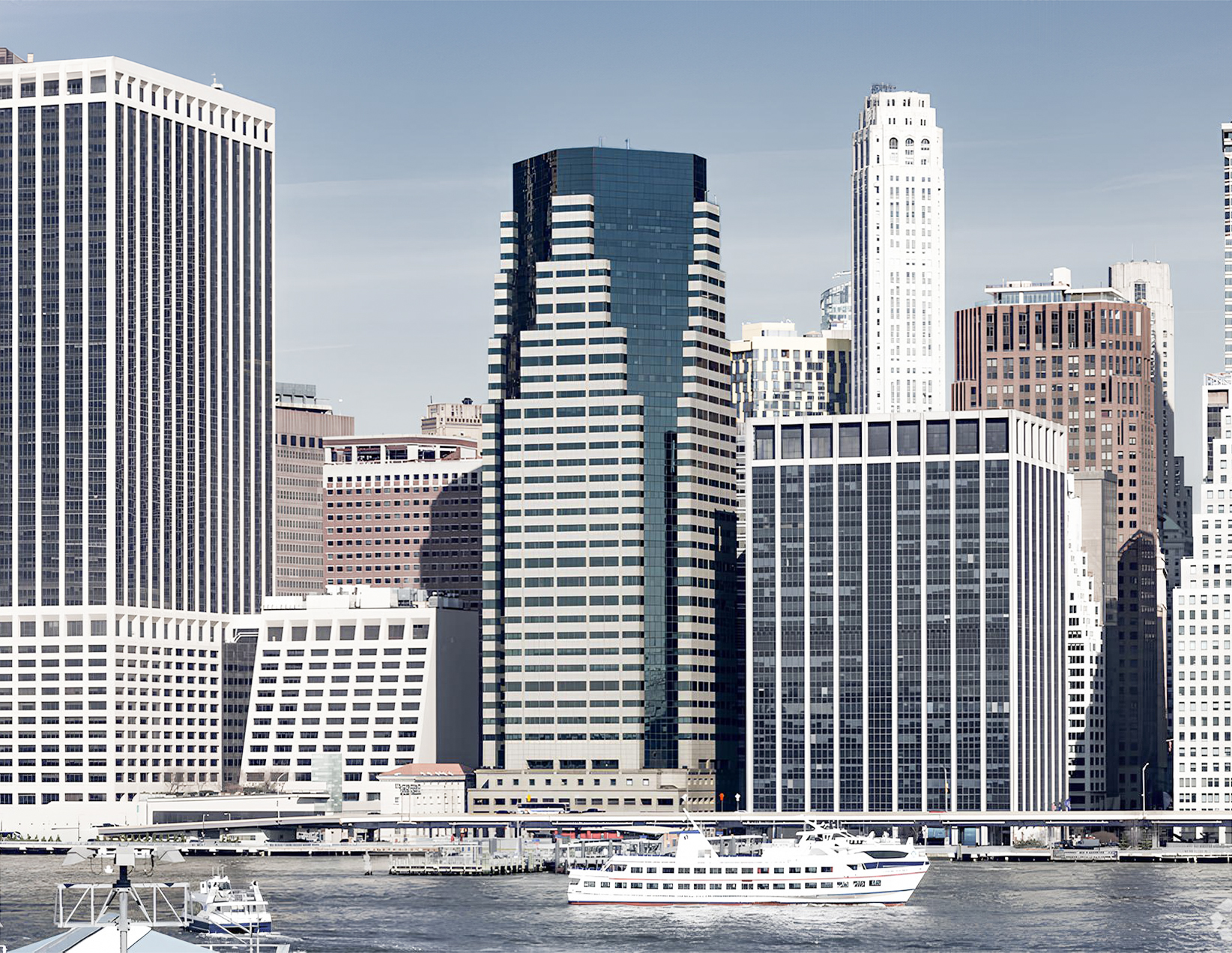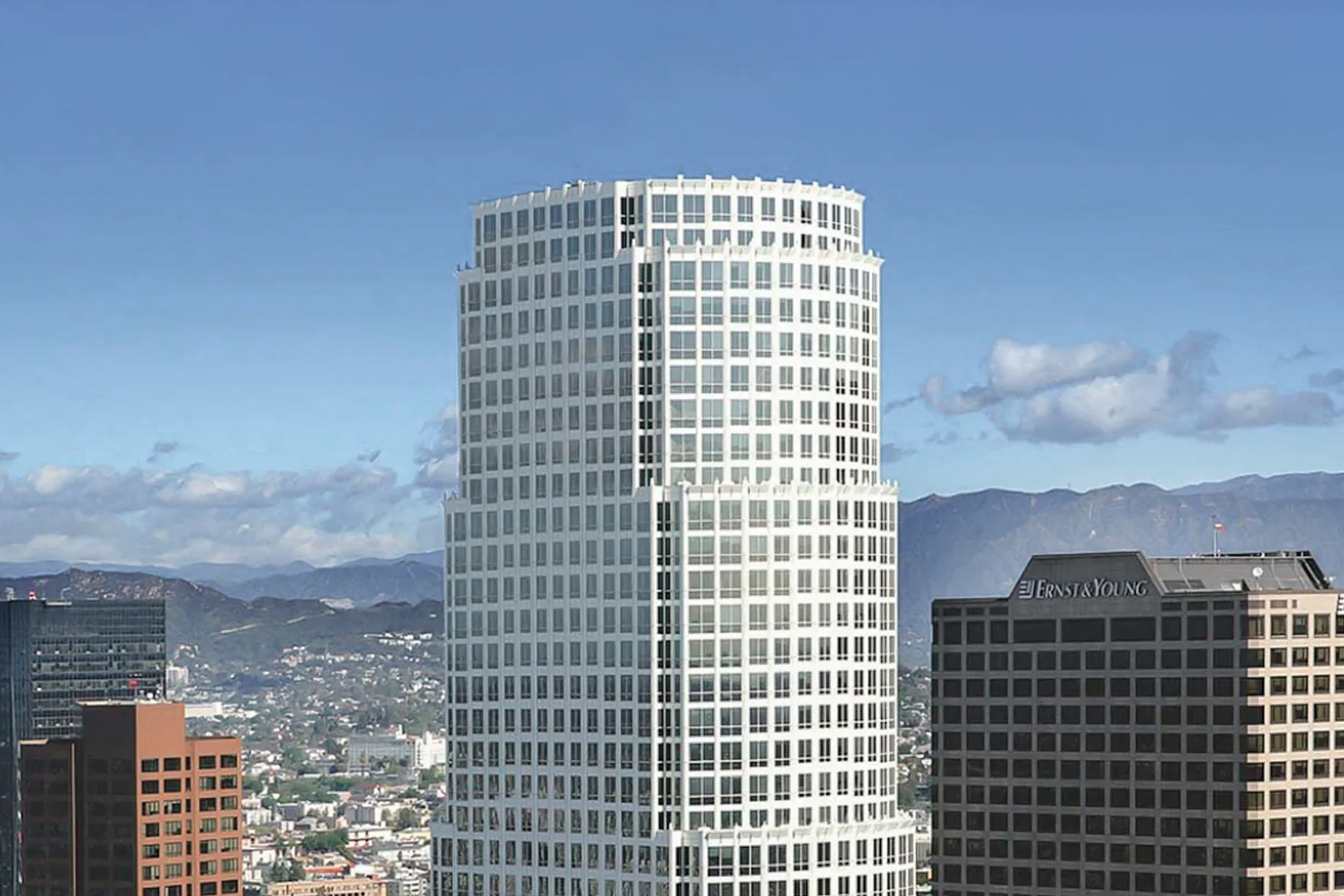The 200 Vesey Street Building is a Postmodernist skyscraper designed by Cesar Pelli & Associates, in association with Haines Lundberg Waehler, and built between 1985 and 1986, for a reported $800 million dollars, in New York, NY.
200 Vesey Street Building is not the only name you might know this building by though. It is common for companies to want to attach their names to iconic buildings when they move in, or for the general public to come up with nicknames, and this one is no exception. The 200 Vesey Street Building is also known, or has been known as, American Express Tower, or Three World Financial Center.
Its precise street address is 200 Vasey Street, New York, NY. You can also find it on the map here.
200 Vesey Street is the tallest tower of the four buildings that make up the Brookfield Place complex in the Financial District of Lower Manhattan. The other three are 200 Liberty Street, 225 Liberty Street, and 250 Vesey Street. The buildings are connected to each other through a public space known as the Winter Garden.
The building underwent a major restoration between 2001 and 2002. The architect commissioned to undertake this restoration was Pelli Clarke & Partners.




